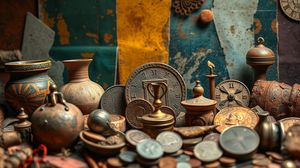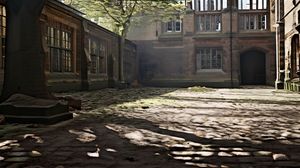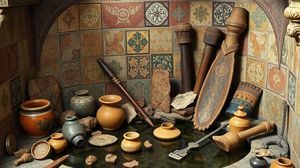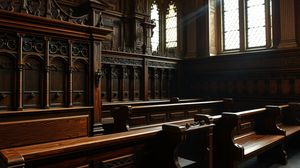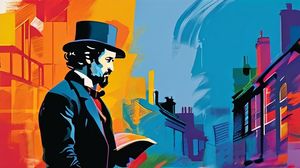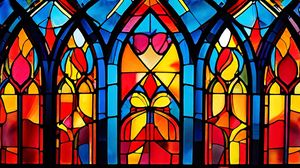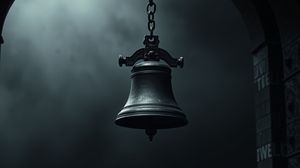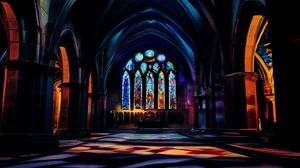
Located in Clerkenwell, the Museum of the Order of St John offers a fascinating glimpse into the history of a medieval military order known for founding the Knights Hospitaller. The museum is housed in a historic building that served as the Order's English headquarters, and it showcases an impressive array of artifacts related to their intriguing history.
The Order of St John was originally established in the 11th century to provide care for sick pilgrims in Jerusalem, and over time, it evolved into a military and religious order. The museum provides insight into the Order's development and its continued mission of healthcare and humanitarian aid through its modern-day counterpart, the St John Ambulance.
Visitors will find exhibits featuring a vast collection of medieval armor, artworks, and manuscripts. One of the curious highlights includes a 16th-century pharmacy setup, portraying the Order's early contributions to medical science and care.
The museum is not only about the Knights but also about the architectural history of St John's Gate itself, a beautiful Tudor gatehouse that once served as the entrance to the priory. The building has withstood the test of time, with parts of it dating back to the 1500s, providing an authentic historical backdrop to the exhibits.
An interesting and less-known fact about the museum is that William Hogarth, the renowned English painter, was once an engraver at St John's Gate in the 18th century, giving the site a unique connection to the art world.
The site has also made a mark in the history of printing. During the Tudor times, St John's Gate was home to the most important printing press in England, where the first issues of The Gentleman's Magazine was published, a precursor to the modern magazine.
In addition to its historical significance, the museum offers educational programs and tours that further immerse visitors in the stories of the Knights, making it a compelling destination for history enthusiasts of all ages.

Making the Most of Your Visit:
Check out the garden: The Priory Garden is a hidden gem right next to the museum. It's a lovely spot to enjoy a bit of tranquility in the hustle and bustle of Clerkenwell. Don't miss the chance to explore this serene oasis, which is often overlooked by visitors.
Look for the spiral staircase: In the church attached to the museum, you'll find a stunning spiral staircase. It's a beautiful piece of architecture and a great photo opportunity, connecting different parts of this historic complex.
Explore nearby Clerkenwell Green: After your visit, take a short stroll to Clerkenwell Green, one of London's most historic and atmospheric squares. It's a great way to round off your visit and get a feel for the local area's rich history.
Pay attention to the details: Keep an eye out for the smaller objects scattered throughout the museum. The intricacies of the medieval artifacts, particularly the manuscripts and medical instruments, are fascinating and tell stories of their own.
Attend a tour: If possible, join one of the guided tours offered by the museum. The volunteers are incredibly knowledgeable and will bring to life the stories behind the exhibits, offering deeper insights that you might miss during a self-guided tour.

Visiting Times & Costs:
The Museum of the Order of St John is open to the public and welcomes visitors to explore its historical exhibitions.
- Opening Hours: The museum is open from Wednesday to Saturday, from 10:00 am to 5:00 pm. It is advised to check for any changes in these timings, especially during public holidays or special events.
- Admission: Entry to the museum is free. However, donations are welcome to support the museum and its activities.
- Accessibility: The museum is committed to providing access to all visitors. The main areas are wheelchair accessible, and there is a lift to aid movement between floors. However, some historic parts of the building may have limited accessibility.
- Guided Tours: Guided tours are available and may be charged separately. These tours are a great opportunity to deepen your understanding of the exhibits.

Address & Map:

Nearby:





